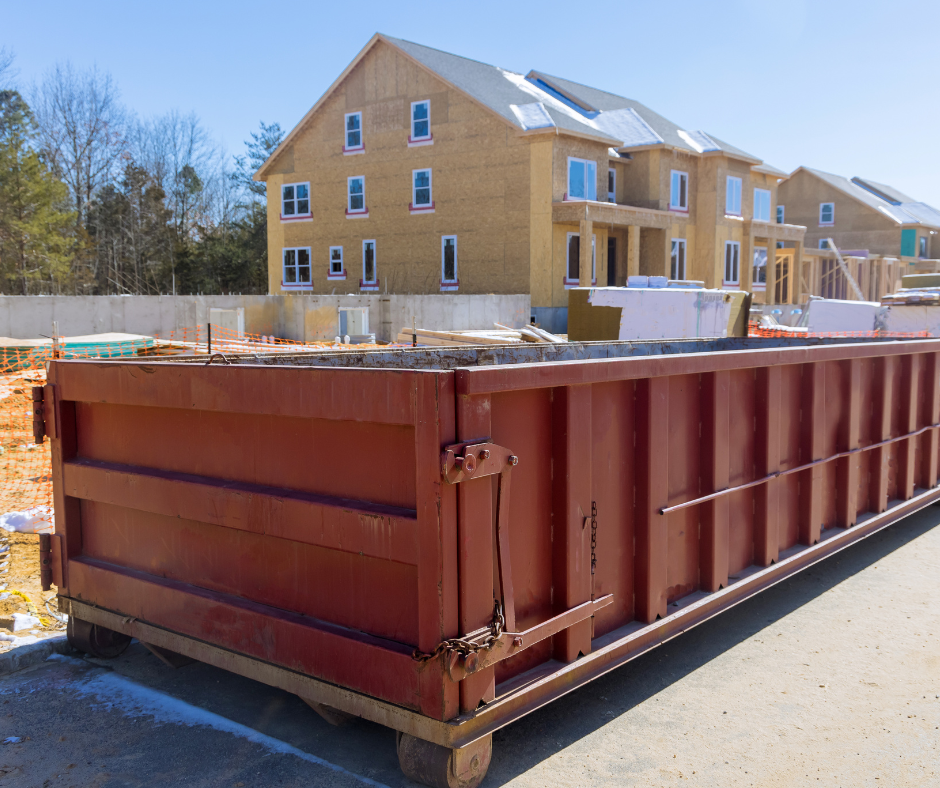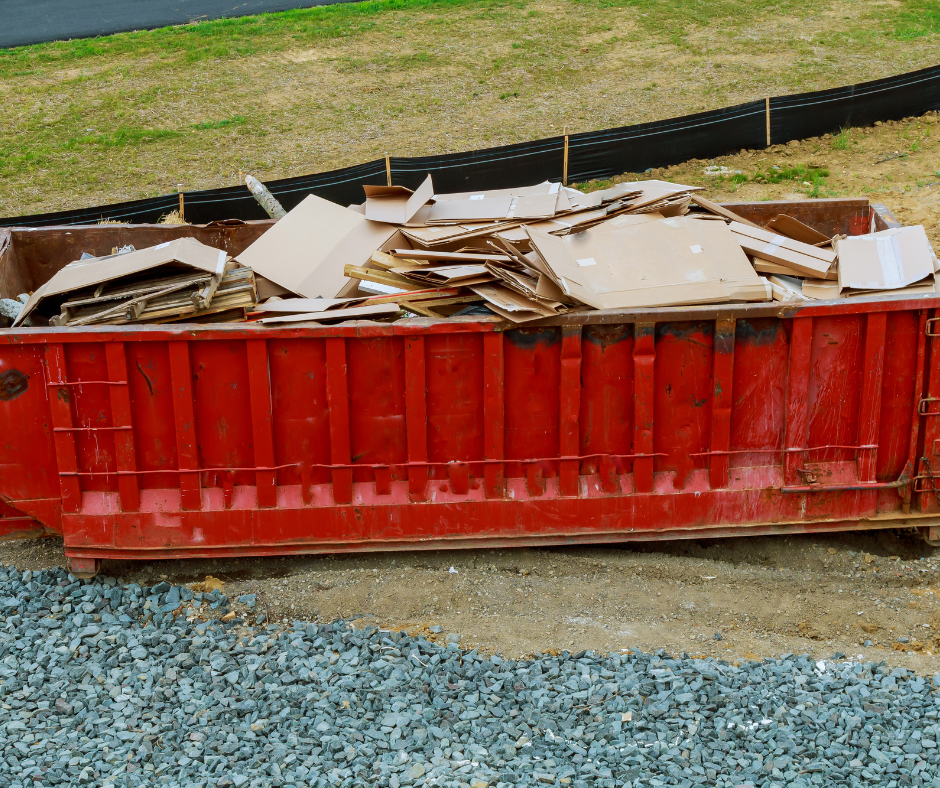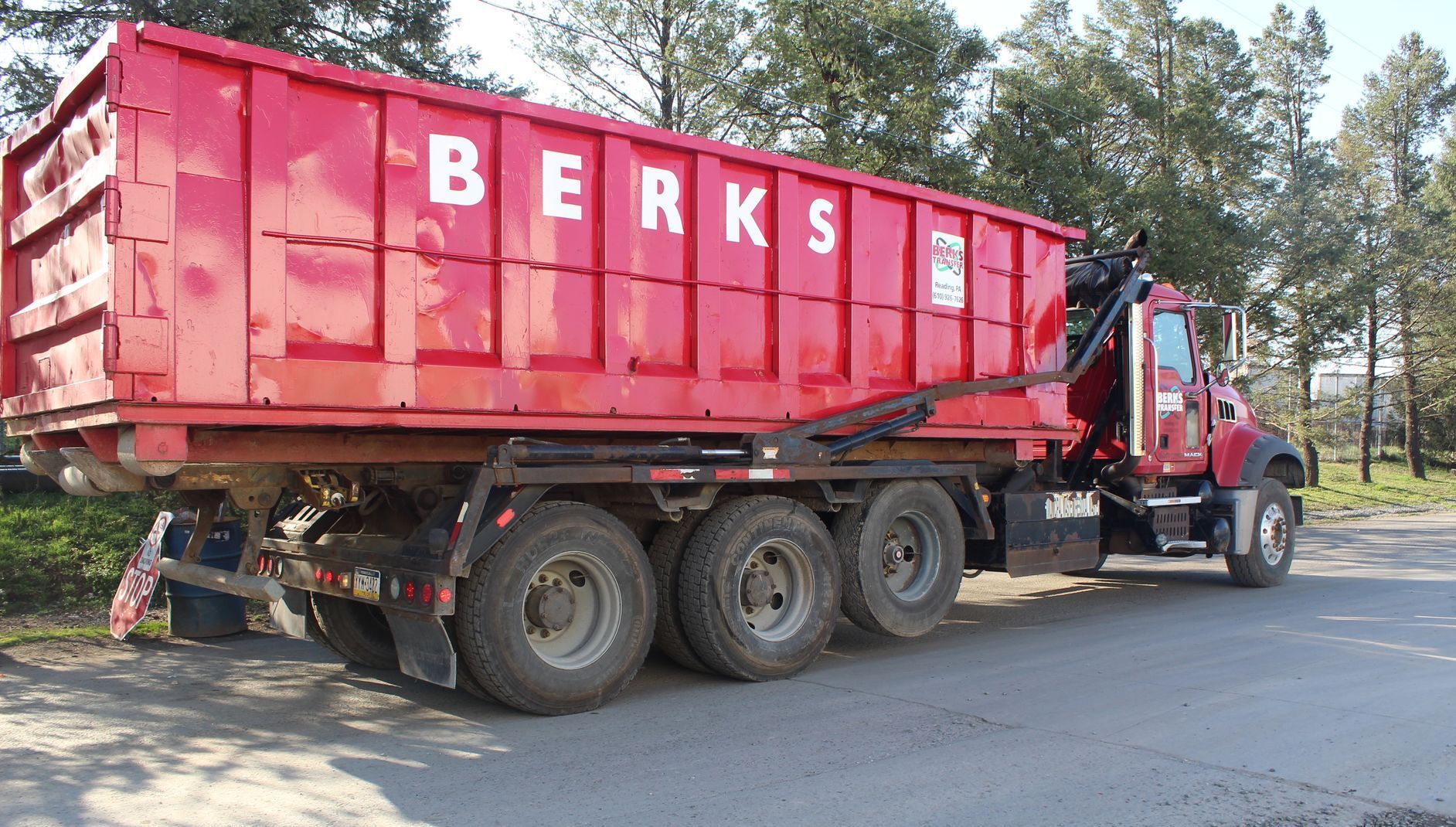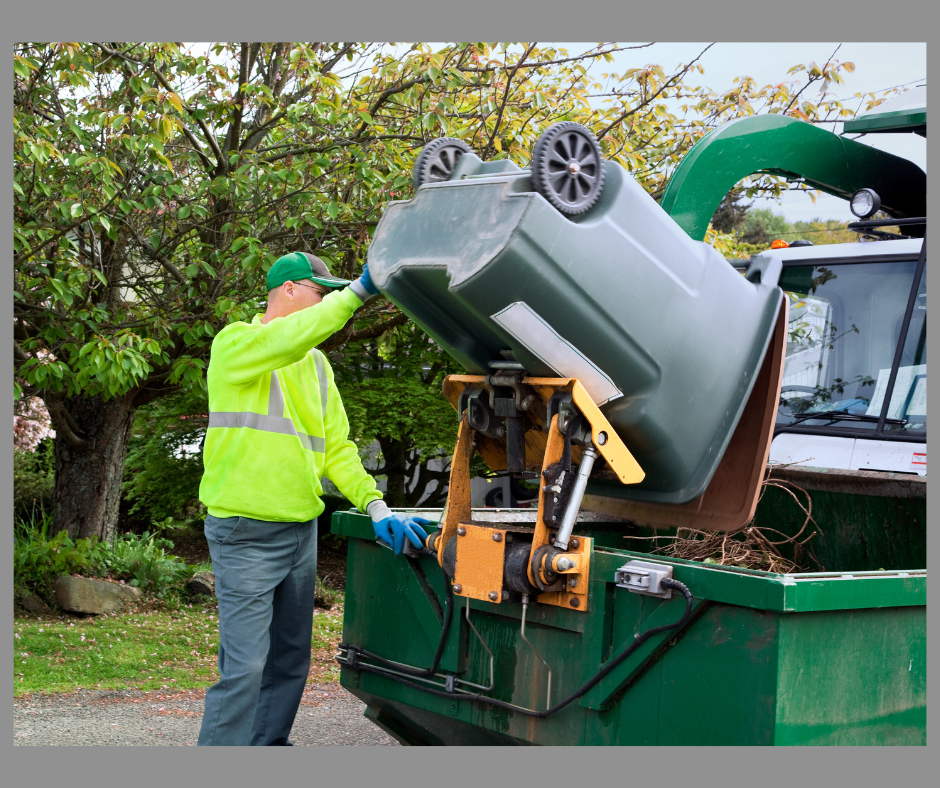In the dynamic world of construction, managing waste is a critical aspect that can significantly impact project efficiency and environmental sustainability. Construction dumpsters play a pivotal role in waste disposal, making it essential to adhere to established standards. In this blog post, we will explore the importance of adhering to construction dumpster standards and discuss key guidelines for their proper use.
Importance of Construction Dumpster Standards
Safety Compliance: Construction sites are inherently hazardous environments. Adhering to dumpster standards ensures the safety of workers and the public. Properly maintained dumpsters reduce the risk of accidents, such as overloading or spills, which can lead to injuries or property damage.
Environmental Responsibility: Construction activities generate a significant amount of waste. Following established standards for dumpsters helps minimize the environmental impact by promoting responsible waste disposal practices. This includes recycling materials when possible and preventing hazardous substances from entering landfills.
Regulatory Compliance: There are local, state and federal regulations in place to govern the use of dumpsters on construction sites. Compliance with these regulations is crucial to avoid fines and legal repercussions. Understanding and adhering to these standards also contributes to a positive relationship with regulatory bodies.
Key Standards for Construction Dumpsters
Size and Capacity: Construction dumpsters come in various sizes, ranging from 10 to 40 cubic yards. Selecting the appropriate size for a project is crucial to prevent overloading, which not only poses safety risks but also violates regulations. Knowing the capacity of the dumpster ensures efficient waste management without exceeding weight limits.
Placement and Accessibility: Proper placement of dumpsters is essential for easy access and efficient waste disposal. Dumpsters should be located strategically to minimize disruption to construction activities while allowing convenient access for waste removal vehicles. Accessibility standards ensure that collection trucks can safely navigate around the site.
Waste Segregation: To enhance recycling efforts and reduce the environmental impact, construction dumpsters should facilitate waste segregation. Establish clear guidelines for separating recyclable materials from general waste. This not only supports sustainability goals but may also lead to cost savings through recycling programs. If hazardous materials are being disposed, there must be guidelines for the proper disposal of these materials.
In the world of construction, adherence to standards is key to promoting safety, environmental responsibility, and regulatory compliance. Construction dumpster standards play a crucial role in achieving these objectives. By carefully selecting, placing, and maintaining dumpsters while following guidelines for waste and waste segregation disposal, construction sites can contribute to a safer, more sustainable, and well-regulated industry. At Berks Transfer, we know dumpsters and have the dumpster for your next construction project!
















